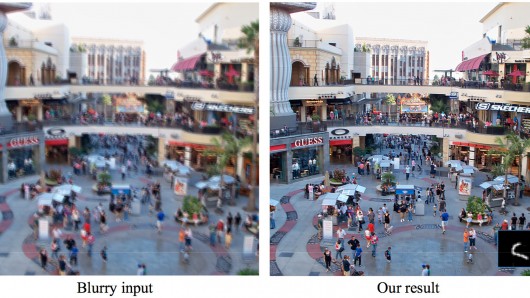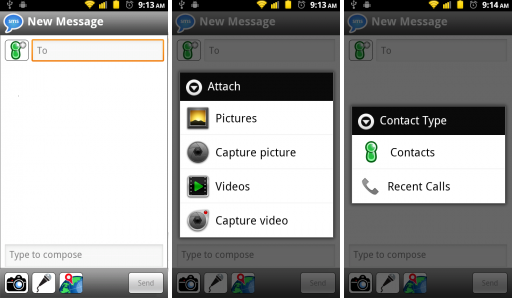A couple of months ago, on a whim, I picked up a business card for a place called “Alpha Dog Tactical”, which teaches a variety of combat courses for pistol, carbine, and shotgun. I’d been feeling pretty proficient in my ability to punch reasonably grouped holes in paper targets over at the local range. So the idea of taking an actual police-style pistol training course had the same terrifying appeal that goes with getting on a the biggest roller coaster at the amusement park after spending a day on the kiddie rides.
After speaking to the instructor, Jeff Patane, and getting my $125 payment and liability forms squared away, my next problem was getting kitted out for the much faster-paced shooting involved. Without getting into the details, let me summarize by saying I now own a pair of something called “tactical pants”. (Worse yet, they proved indispensable, particularly as the magazine holster I needed for the course had apparently been delayed by the holidays).
I was rather more serious trouble since the Walther P99 I’d decided to use for the course came with just a single, ten-round magazine. It turns out, the actual weapon (James Bond’s preferred sidearm for the last few movies of the Pierce Brosnan era) is meant to take a fifteen round magazine, and this is how it’s normally sold. Unfortunately, California requires that all guns come with puny 10-round magazines, unless you either had them before the ban in 2001, or you’re a member of law enforcement. The practical effect of this is that I had to ignore the cheap and readily available 15-round magazines available everywhere online, and instead try to track the expensive, hard-to-find “California legal” version at twice the price.
The class called for a minimum of three magazines, but by the time I checked in my gear at the range, I had managed to scrounge only one more, 10-round magazine for the Walther. In a day full of magazine switching, malfunction clearing, and rapid-fire shooting drills, I spent an inordinate amount of time rummaging through my tactical pants for spare rounds with which to furiously restuff my single spare magazine whenever there was a break in the action.
Since much of the training was meant to simulate combat situations, there was also a great deal of emphasis on “situational awareness” of the area around you. We were warned at the beginning of the day that if we had to bend down to pick something up while in an exercise, we’d best do it in a position which allowed us to always be watching our surroundings, or risk a simulated sneak attack by the instructor and a small knife he carried in his pocket. The first time I nervously bent down to retrieve and reload my single empty magazine, I managed to glance around just in time to hear my instructor over my shoulder say, “I thought I almost had you”. Truth be told: if this were a real fight, he would have. Lesson (gulp!) learned.
The biggest revelation for me was how much your skills degenerate under stress–although my shot placement even on a good day might not have matched that of the Glock-toting grandma-type who shot next to me (and whose cool, competent style on the obstacle shooting range was downright inspirational). It’s also hard as heck to train yourself into new physical reflexes (such as a proper defensive holster draw or point-blank “retention shooting”) so that the technique becomes smooth and automatic when the clock is ticking and bullets are literally flying. In a strange way, it reminded me more than a little of the ballroom dancing classes I took before my wedding…except, with guns.
Would I do it again? Absolutely. Jeff’s a terrific instructor, with a smile for everyone, unmistakable skill, and an obvious love of teaching. But before I dare sign up for any of the more advanced classes (and there are many, including the one shown here), I’ve got a fair amount of woodshedding to do…and I’m definitely picking up another darned mag for my Walther.








